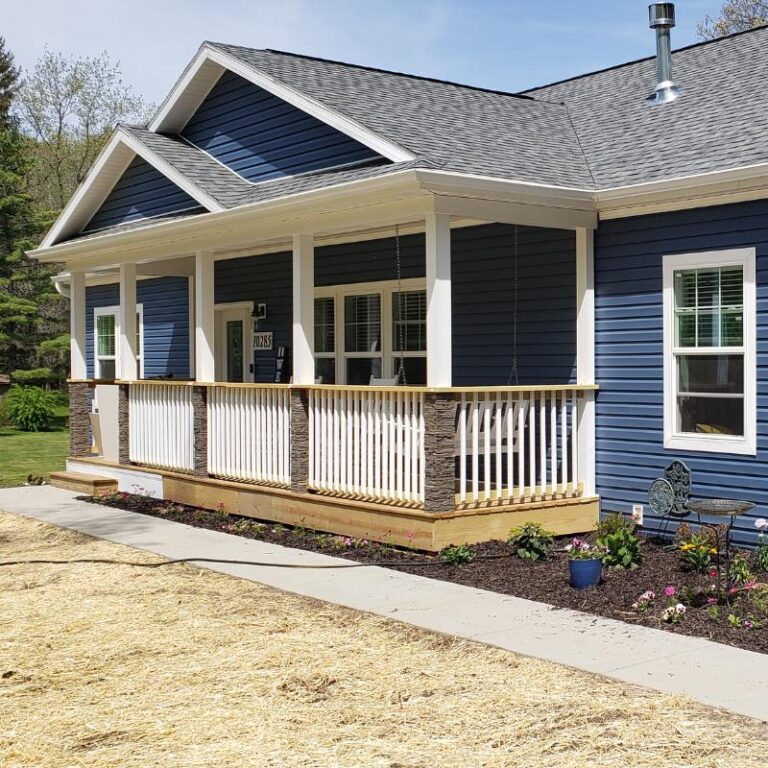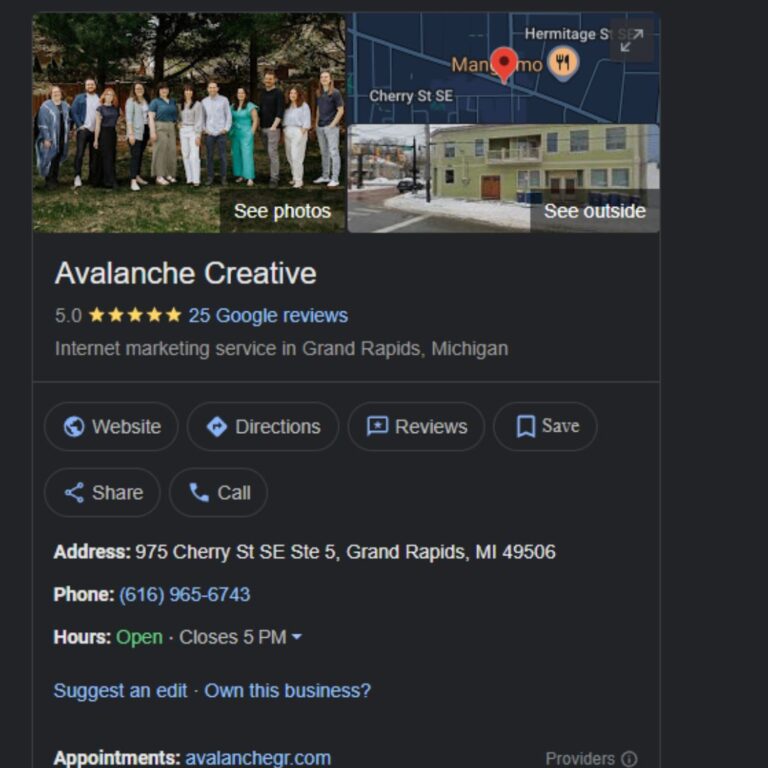Roofing
SEO Services for Roofers
Get Found, Get Calls, Grow Your Roofing Business
We build SEO strategies for roofers to turn your website into a lead-pulling machine and close the gap between you and your next job. No nonsense, just more jobs you want to take.
Why SEO Matters for Roofing Companies
What You Get With Avalanche
SEO for Roofers
Who We Help
Our roofing SEO services are made for:
- Residential roofing companies looking to stop relying on referrals
- Commercial roofers chasing higher-margin contracts
- Storm restoration crews who need to dominate when they’re needed most
- Flat, metal, shingle, or specialty roofing pros who are tired of slow seasons
- Any roofer ready to replace “hope marketing” with something predictable
If you need more leads, more calls, and more control over your pipeline—we’re your people.
What the Roofing SEO Process Looks Like
01
Audit & Research
We dig into your site, your market, and your competitors to find untapped opportunities and long-term growth.
02
Strategy & Planning
You’ll get a clear roadmap showing exactly what we’re building and why it matters.
03
Content & Optimization
We don’t just write. We build high-converting, search-optimized pages that actually rank.
04
Tracking & Improvements
We don’t set it and forget it. We test, tweak, and scale what’s working—so your competitors can’t catch up.
Real Results From Real Clients
White Lake Dock & Dredge
How We Helped Connect White Lake Dock & Dredge to New Customers in Search
White Lake Dock & Dredge
11.411 total organic traffic
Over $5 million in project value generated
Preferred Homes
How We Helped Preferred Homes 10x Their Leads
Preferred Homes
219K total organic users in 2024.
1,641 total organic conversions in 2024
Jobson Roofing
Total Engagement Rate Soared 39%
Jobson Roofing
17% increase in organic traffic singe last year (July - Dec 2023)
39% increase in the total engagement rate
Frequently Asked Questions
SEO helps your roofing business show up in local search results when someone types “roof repair near me” or “roof replacement in [city].” That means more website visits, more calls, and more booked jobs—without paying for every click like you do with ads. It also builds long-term trust with search engines and homeowners.
Start with high-intent, local keywords like “emergency roof repair [city],” “metal roofing installer near me,” or “roof replacement cost [city].” These match what homeowners actually search when they need help fast. Avoid generic terms like “roofing tips”—they drive traffic, but not leads.
Most roofing companies see early traction within 3–6 months. That might include ranking for a few local keywords, more phone calls, and a noticeable uptick in site traffic. Real compounding results—like consistent high-ticket leads—tend to kick in around month six and keep growing from there.
Local SEO helps you rank in Google Maps and “near me” searches by optimizing your Google Business Profile, location pages, and reviews. General SEO improves your overall website visibility across all of Google and AI platforms. Roofers need both to win traffic and trust.
Absolutely. With the right local strategy, you can rank for keywords like “storm damage roof repair [city]” before the bad weather hits. That means you’re first in line when emergency calls spike—and not stuck watching storm chasers scoop up all the jobs.
Google Ads can generate leads fast—but only while you’re paying. SEO takes time but compounds over time, lowering your cost per lead in the long run. Most high-performing roofing companies use both, but SEO builds lasting value.
Yes. We optimize your Google Business Profile, track performance monthly, and can even advise on how you can generate more 5-star reviews. This is one of the biggest factors in whether you show up (and get picked) in local searches.
Definitely. We build blog content and service area pages that rank, educate, and convert. Whether it’s a city-specific landing page or a “how much does a roof cost” blog, we write content that turns clicks into calls.
You get the full package: keyword research, content creation, local SEO, service area pages, technical SEO, on-page optimization, monthly reporting, and GBP support. Everything you need to show up, stand out, and get more leads.








